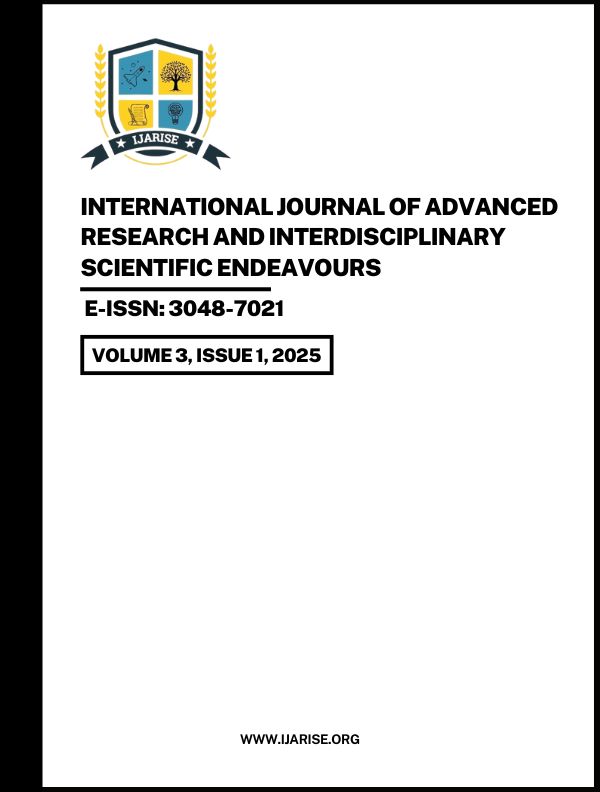Published 2025-07-30
Keywords
- Reverse Engineering,
- UFO,
- UAP,
- USO,
- Ancient Aerospace Technology
- Vimanas ...More
How to Cite
Copyright (c) 2025 International Journal of Advanced Research and Interdisciplinary Scientific Endeavours

This work is licensed under a Creative Commons Attribution 4.0 International License.
Abstract
This comparative study examines the striking parallels between modern Unidentified Aerial Phenomena (UAP), Unidentified Flying Objects (UFO), and Unidentified Submerged Objects (USO) with advanced aerospace technologies described in the ancient Sanskrit text Vimana Shastra. Through systematic analysis of documented sightings from 1947 to 2025 and detailed examination of four key Vimana technologies, the Shaktyakarshana Yantra (energy harvesting system), Vishwakriya Darshana Darpana Yantra (3D observation device), Ganapa Yantra (solar energy collector), and Parivesha Kriya Yantra (protective shield system), this research reveals remarkable technological convergences across millennia. The study identifies consistent behavioral patterns including luminous appearances, sudden directional changes, instantaneous disappearance capabilities, shape-shifting phenomena, and trans-medium travel between air and water. Modern UAP characteristics such as rapid acceleration, electromagnetic effects, and advanced stealth capabilities demonstrate substantial alignment with ancient Vimana descriptions of energy manipulation, holographic projection, and plasma-based shielding technologies. Notable parallels include the ancient "Gudha" invisibility technique with modern cloaking observations, "Chhaya Grahana" cloning methods with contemporary reports of multiplying objects, and multi-source energy harvesting systems resembling current renewable energy integration concepts. These findings suggest that ancient civilizations possessed sophisticated understanding of aerospace engineering principles that parallel modern technological developments in solar propulsion, electromagnetic shielding, holographic imaging, and hybrid energy systems. The research implications extend to contemporary aerospace innovation, offering potential insights for next-generation spacecraft design, defense systems, and sustainable energy technologies. This interdisciplinary analysis bridges ancient knowledge with modern science, providing a framework for understanding unexplained aerial phenomena while inspiring future technological advancement through historical wisdom.


